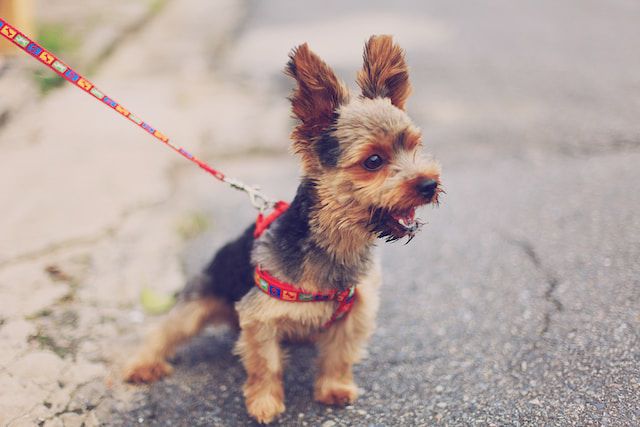Today, we’re diving into a topic that can sometimes be an issue even to the most experienced dog owners – social aggression in dogs.
In this blog post, we’ll unravel the mysteries behind why some dogs get a little snarly when it comes to meeting new pals, and more importantly, how we can help them become the social butterflies they were meant to be.
So, grab a seat, and let’s get started on this social aggression adventure!
What is Social Aggression in Dogs?
Social aggression in dogs refers to aggressive behavior displayed towards other dogs or animals.
It can manifest in various forms, such as growling, barking, snarling, lunging, or even physical attacks.
This type of aggression is typically rooted in fear, territoriality, or a lack of proper socialization.
Proper socialization, training, and management can help address and prevent social aggression in dogs.
Consequences of Social Aggression in Dogs
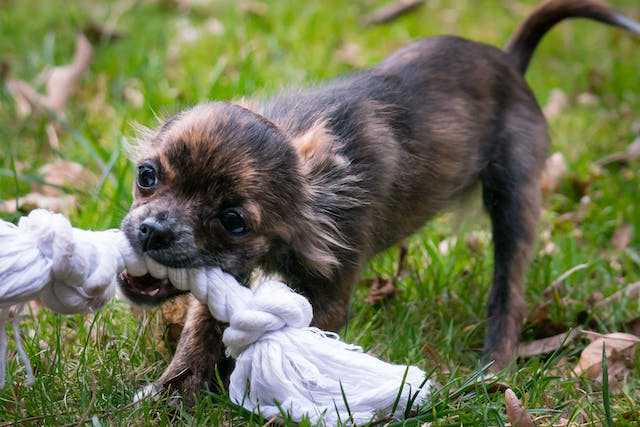
Social aggression in dogs can have serious consequences both for the dogs involved and for their owners. Firstly, it can lead to physical injuries, as dogs may engage in aggressive behaviors such as biting, lunging, or growling.
These injuries can range from minor scratches to severe wounds requiring medical attention. Secondly, social aggression can result in emotional distress for the dogs, causing fear, anxiety, and a reduced quality of life.
Thirdly, it can create a hostile environment for other dogs and people, making it difficult for the affected dogs to socialize or engage in normal activities.
Fourthly, it can strain the relationship between the dog and its owner, as the owner may feel frustrated, helpless, or even fearful of their own dog.
Fifthly, social aggression may result in legal consequences, as aggressive dogs can be a danger to public safety and may be subject to legal action.
Lastly, if left unaddressed, social aggression can escalate and become more difficult to manage over time, potentially leading to the need for specialized training or even rehoming of the dog.
Causes of Social Aggression in Dogs
Social aggression in dogs can arise due to various factors. Here are some major causes of social aggression in dogs:
1. Lack of Socialization: Insufficient exposure to other dogs, animals, or different social environments during a dog’s critical socialization period (typically between 3 and 14 weeks of age) can lead to social aggression. Dogs that haven’t learned appropriate social skills may show fear, anxiety, or aggression when faced with unfamiliar dogs or social situations.
2. Fear and Anxiety: Dogs that have experienced traumatic events, abuse, or neglect may develop fear and anxiety towards other dogs. Fear-based aggression is often displayed as defensive behavior aimed at keeping perceived threats at bay. Dogs may become reactive, growl, bark, lunge, or bite when they feel threatened or cornered.
3. Resource Guarding: Dogs may exhibit aggression when they feel the need to protect valuable resources such as food, toys, or space. Resource guarding can be directed towards other dogs, animals, or even humans. Dogs displaying this type of aggression may growl, snap, or bite to defend their possessions.
4. Territorial Instincts: Dogs are naturally inclined to defend their territory, which can include their home, yard, or even a particular space or object. Territorial instinct can manifest as aggressive displays, such as barking, growling, or biting, towards other dogs that encroach on their perceived territory.
5. Dominance and Social Hierarchy Issues: Dogs are social animals with a hierarchical structure. In some cases, dogs may display aggression to establish or maintain their position within the social hierarchy. Dominance aggression can occur when dogs perceive a threat to their social status or when they try to assert control over other dogs.
6. Frustration: Dogs that are frustrated or aroused by a particular stimulus or situation may redirect their aggression toward other dogs. For example, a dog restrained by a leash may become frustrated when it cannot reach another dog, leading to aggressive behavior towards nearby dogs or even their handlers.
It is important to note that each dog is an individual, and the causes and triggers of social aggression can vary from dog to dog.
Signs of Social Aggression in Dogs
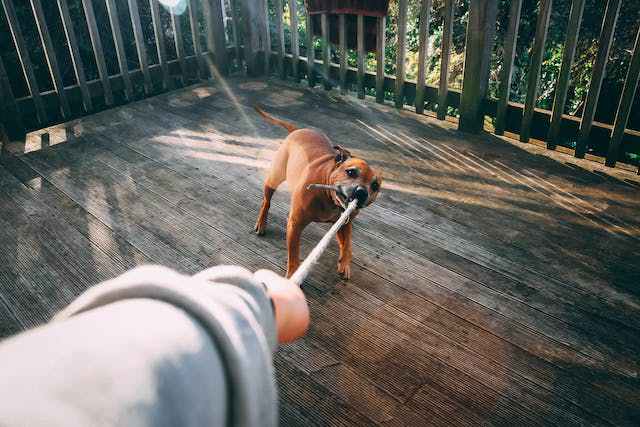
It is important to recognize the signs of social aggression to prevent any potential conflicts or harm.
Here are some major signs of social aggression in dogs:
1. Stiff Body Posture: When a dog is socially aggressive, it may display a stiff and rigid body posture. It may hold its body tense, with its tail held high and ears erect. This posture is often a sign of alertness and readiness to engage in aggressive behavior.
2. Direct Staring: Dogs exhibiting social aggression may maintain prolonged and intense eye contact with other dogs. This direct staring is a way of asserting dominance and can be seen as a threat by other dogs.
3. Growling and Snarling: Growling and snarling are vocalizations commonly associated with social aggression. Dogs may emit low, rumbling growls or show their teeth while snarling as a warning sign to other dogs.
4. Lunging and Barking: Dogs displaying social aggression may lunge towards other dogs while barking aggressively. This behavior is an attempt to intimidate and establish dominance over perceived threats.
5. Hair Raised on the Back (Hackles): When a dog’s hair, particularly along the back and neck, stands up (known as hackles), it indicates heightened arousal and readiness for aggression. Raised hackles are a visible warning sign of potential social aggression.
6. Snapping and Biting: In extreme cases, socially aggressive dogs may resort to snapping or biting as a means of defending their territory or establishing dominance. This aggressive behavior can cause harm to other dogs or animals.
Addressing Social Aggression in Dogs
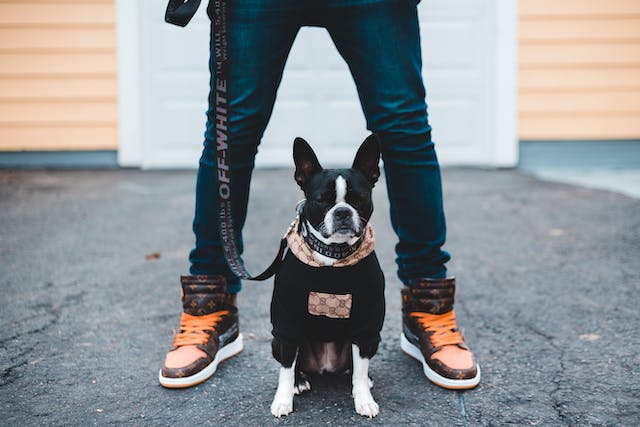
Social aggression in dogs can be a challenging behavior to address, but there are several effective strategies that can help manage and reduce this type of aggression.
Here are some major ways to address social aggression in dogs:
1. Proper Socialization: One of the most important ways to prevent social aggression in dogs is through proper socialization. Exposing dogs to a variety of people, animals, and environments from a young age can help them develop positive associations and reduce the likelihood of aggressive behavior.
2. Positive Reinforcement Training: Positive reinforcement training techniques, such as reward-based training, can be highly effective in addressing social aggression in dogs. By rewarding desired behaviors and redirecting or ignoring unwanted behaviors, dogs can learn alternative, non-aggressive ways to interact with others.
3. Gradual Desensitization: Desensitization involves exposing the dog to the triggers of their aggression in a controlled and gradual manner. By gradually increasing exposure while maintaining a positive environment, the dog can learn to tolerate and eventually feel more comfortable in social situations.
4. Environmental Management: Managing the dog’s environment can help prevent situations that may trigger social aggression. This can include using barriers or gates to separate the dog from potential triggers, providing a safe and quiet space for the dog to retreat to, and avoiding situations that may overwhelm or stress the dog.
5. Medication and Veterinary Intervention: In some cases, medication prescribed by a veterinarian may be necessary to manage social aggression in dogs. Medication can help reduce anxiety, fear, or other underlying factors that contribute to aggressive behavior. It is important to consult with a veterinarian to determine if medication is appropriate for your dog’s specific situation.
6. Counterconditioning: Counterconditioning aims to change the dog’s emotional response to the triggers that elicit aggression. It involves pairing the presence of these triggers with positive experiences or rewards, such as treats or play. This helps the dog associate the trigger with something positive, reducing their aggressive response.
7. Professional Assessment: Seeking the assistance of a professional dog trainer or behaviorist who specializes in aggression can be beneficial. These professionals can provide guidance, develop a customized behavior modification plan, and offer support throughout the process of addressing social aggression in dogs.
Prevention of Social Aggression in Dogs
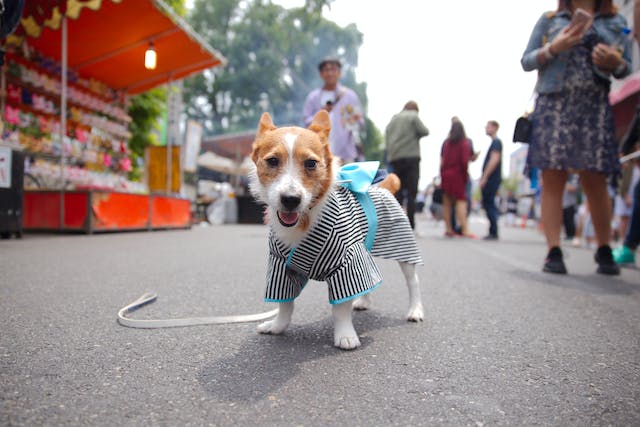
Preventing social aggression in dogs is crucial for their well-being and the safety of others. Firstly, early socialization plays a vital role in preventing aggressive behavior.
Introducing puppies to various people, animals, and environments from a young age helps them develop positive associations.
Secondly, positive reinforcement training techniques, such as reward-based training, can be used to encourage desired behaviors and discourage aggressive ones.
Thirdly, consistent and clear communication with the dog is essential to establish boundaries and expectations.
Fourthly, providing mental stimulation and regular exercise can help reduce frustration and prevent aggressive behavior.
Fifthly, recognizing and addressing any underlying medical conditions that may contribute to aggression is important.
Lastly, seeking the guidance of a professional dog trainer or behaviorist can provide valuable insights and strategies for preventing social aggression in dogs.
Frequently Asked Questions
Can social aggression in dogs be completely eliminated?
While it may not be possible to completely eliminate social aggression in dogs, it can be effectively managed and improved with proper training, socialization, and behavioral modification techniques. Consistency, patience, and ongoing training are key in helping dogs exhibit more desirable social behaviors.
Is social aggression in dogs a result of a specific breed?
No, social aggression is not exclusively linked to any specific breed. Any dog, regardless of breed, can exhibit social aggression. However, certain breeds may have a higher predisposition to aggressive behavior due to their genetic traits or historical breeding purposes. It’s important to remember that individual temperament and upbringing play significant roles in a dog’s behavior.
Why do some dogs display social aggression?
Dogs may display social aggression due to various reasons, such as fear, past traumatic experiences, lack of proper socialization during their early development stages, or even genetic factors. Understanding the underlying cause is important to address and manage this behavior effectively.
When should I seek professional help for social aggression in my dog?
It’s advisable to seek professional help if your dog displays social aggression that is intense, persistent, or escalating in nature. Additionally, if the aggression poses a risk to other animals or people, professional intervention is necessary. A qualified dog behaviorist or trainer can provide guidance, assess the situation thoroughly, and help you develop a safe and effective plan to manage and modify your dog’s behavior. Remember, your dog’s well-being and the safety of others should always be the top priority.
Conclusion
In conclusion, understanding and addressing social aggression in dogs is crucial for promoting harmonious relationships between our furry friends and their human companions. By recognizing the signs and triggers of social aggression, we can take proactive steps to manage and modify this behavior through positive training techniques. Remember, with patience, consistency, and a deep understanding of our canine companions, we can create a safe and loving environment for all.

